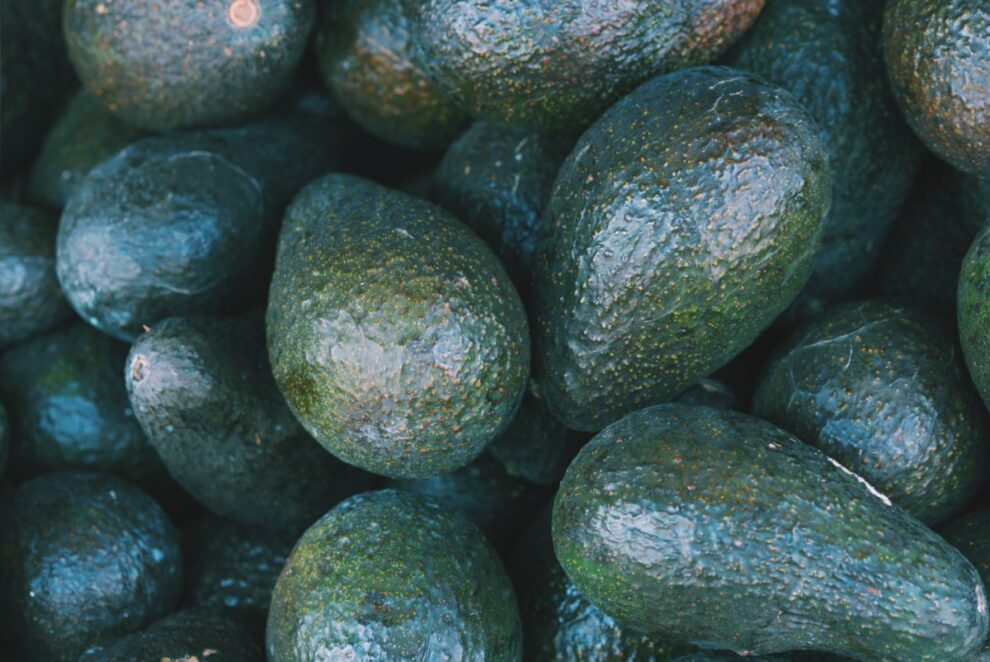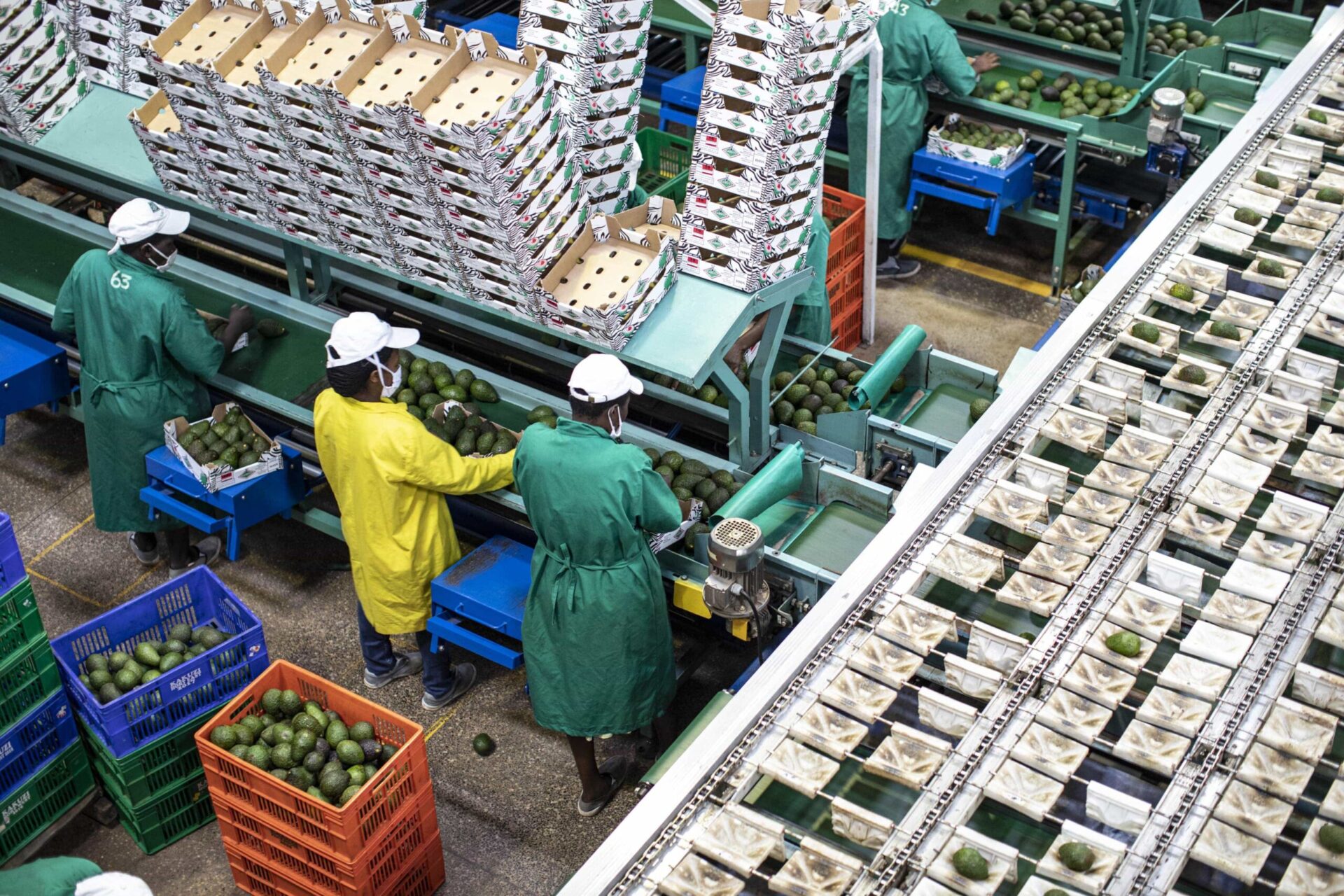How to unlock the avocado export market with efficient cooling
Beyond the farm, producing consistently high-quality produce does not guarantee success in a highly competitive export market for avocados. Due to the industry’s required high standards of fruit quality, avocado producers and exporters need to predict and control the cooling and ripening process down to the exact day, a goal that can be achieved through a reliable and precisely controlled cold chain.
Cooling is probably the most crucial operation within the post-harvest chain, as this sets the parameters for fruit quality since it is the core controller of fruit physiological changes from harvest to sale. In turn, this will dictate the rate of ripening, as well as shelf life and influence the potential for post-harvest defects. Generally, each cooling parameter set at the origin, and the degree to which these have been effectively implemented are critical to the success of the entire product quality.
The temperature and performance to which fruit is to be cooled depend on variety, distance to destination, potential storage requirement, and picking season. Simply placing pallets or stacking packages into a cool room will result in slow and uneven cooling. Therefore, avocados meant for export require efficient systems, with add-ons to the speed of whichever refrigeration system is used.
Cooling requirements according to avocado varieties
On average, the temperature to export avocado is between 4°C to 6°C since higher temperatures can accelerate fruit ripening. To avoid shrinkage and or fruit softening, it is good practice to pass the fruits through a cooling system, generally applying pre-cooling methods for an amount of time specially calculated so that the fruit reaches the ideal temperature required to remain constant during transport without losing quality. And, during the loading and dispatch process, the avocado must already be within the correct temperature range.
It is important to highlight that cooling protocols are slightly different according to the different avocado varieties. For the widely cultivated Hass variety, physiologists advise maintaining fruits at 5 to 7°C at the beginning of the season and 4.5 to 5.5°C at the end with an atmospheric relative humidity of 90 to 95%. While it is not recommended to store them for over 4 weeks in these conditions, you can store them only for up to 6 weeks. Following slightly similar conditions, the optimum temperature range for the Fuerte variety is 6 to 8°C but for no more than three weeks. For hardier varieties such as Hass, the allowable cooling window is longer, as the fruits can be harvested and temporarily stored outside overnight, ready to be put into the cold chain the next day.
Maluma avocado cooling protocol
In contrast, more delicate varieties such as Maluma have a more rapid ripening span. Although the optimum temperature range is slightly lower than that of Hass, storage beyond 25 days is not recommended. Furthermore, Maluma has a higher respiration rate, and the fruits need to cool down as soon as possible after harvest. Given, it is recommended that they are cooled in under 6 hours, or even 4 hours for fruits from younger trees, since they have a high nitrogen status.
Further, the rate at which Maluma loses firmness during storage is lower than that of Hass, especially at lower temperature settings, so experts recommend that the variety is stored at lower temperatures than Hass during export.
Forced air pre-cooling technology for your export-grade avocados
Pre-cooling is crucial for the extended shelf life of avocados; since it slows the metabolic rate, respiration, and ethylene synthesis, and the resulting impacts on the fruit, including loss of texture, fungal infections, and the ripening process.
Hydrocooling and forced-air (freeze-blast method) are common methods for pre-cooling avocados. However, many experts suggest that the solution best suited for avocados is forced-air pre-cooling. This is a process that efficiently and consistently brings down the temperature of the fruit till it reaches 6-7°C for the “Fuerte” and “Hass” varieties.
The time required to achieve these temperatures (usually 10 to 12 hours) varies according to the initial temperature of the fruit, the temperature and velocity of the air, and the final temperature of the fruit. Further, it is important to end the pre-cooling process when the temperature of the fruit is 2°C above the ideal storage temperature, and that the storage temperature will not be lower than that established for the fruit, otherwise chilling injury might occur.

What should you consider when selecting the right cooling technology for your avocados?
- Remote monitoring: Monitor the cooling process to check that cooling has been effective. For forced-air cooling, check cooling times for each batch, check room temperatures daily, and spot-check fruit temperatures at least weekly. A record of these checks will provide evidence of whether cooling has been effective and will enable tracebacks if there are problems during marketing.
- Cold storage sensors: Temperature control during the post-harvest stage is the most critical factor that helps maintain the quality and increase the shelf life of avocados. It is essential to prevent temperature fluctuations during storage and transportation because this can cause chilling injury, ripening, irregular softening, and rot. It is also crucial to ensure that the cold room has temperature sensors so that you monitor that the fruit is not exposed to too-low temperatures that may result in chilling injuries usually characterised by grey discolouration of flesh.
- Electronic expansion valves (EEV): this precisely controls the flow of refrigerant into the evaporator, which optimises cooling by slowing down dehydration and shrinkage, especially in forced-air pre-cooling. EEVs control the flow of refrigerant entering a direct expansion evaporator in response to signals sent by an electronic controller. This allows the refrigeration system to operate much more accurately and efficiently and achieve more consistent cooling. Additionally, by using an EEV, you reduce energy consumption from the refrigeration system.
- Controlled Atmosphere Storage: consider controlled atmosphere storage if you are managing large quantities of avocado. This is an intensive process that involves closely controlling the temperature, humidity level, oxygen level, and the level of many other key gases as a way of creating optimal conditions for avocados. This is a very effective method and helps maximize the avocados’ shelf life and quality.
Final remarks
In conclusion, postharvest cooling is an indispensable step to meet the minimum export standards in the fresh produce export market. With the increasing demand for avocados worldwide, it is crucial to have the right cooling technology to preserve the fruit’s quality and extend its shelf life to the last mile. The solutions outlined in this article provide useful options for avocado exporters, but it is essential to select the appropriate technology that suits their needs. Furthermore, it is essential to understand that cooling protocols can vary depending on the destination market, and exporters must work closely with their marketers to ensure their on-farm cooling practices align with market handling conditions. In doing so, exporters can tap into the market, and take advantage of the burgeoning demand and lucrative markets for high quality avocados.



